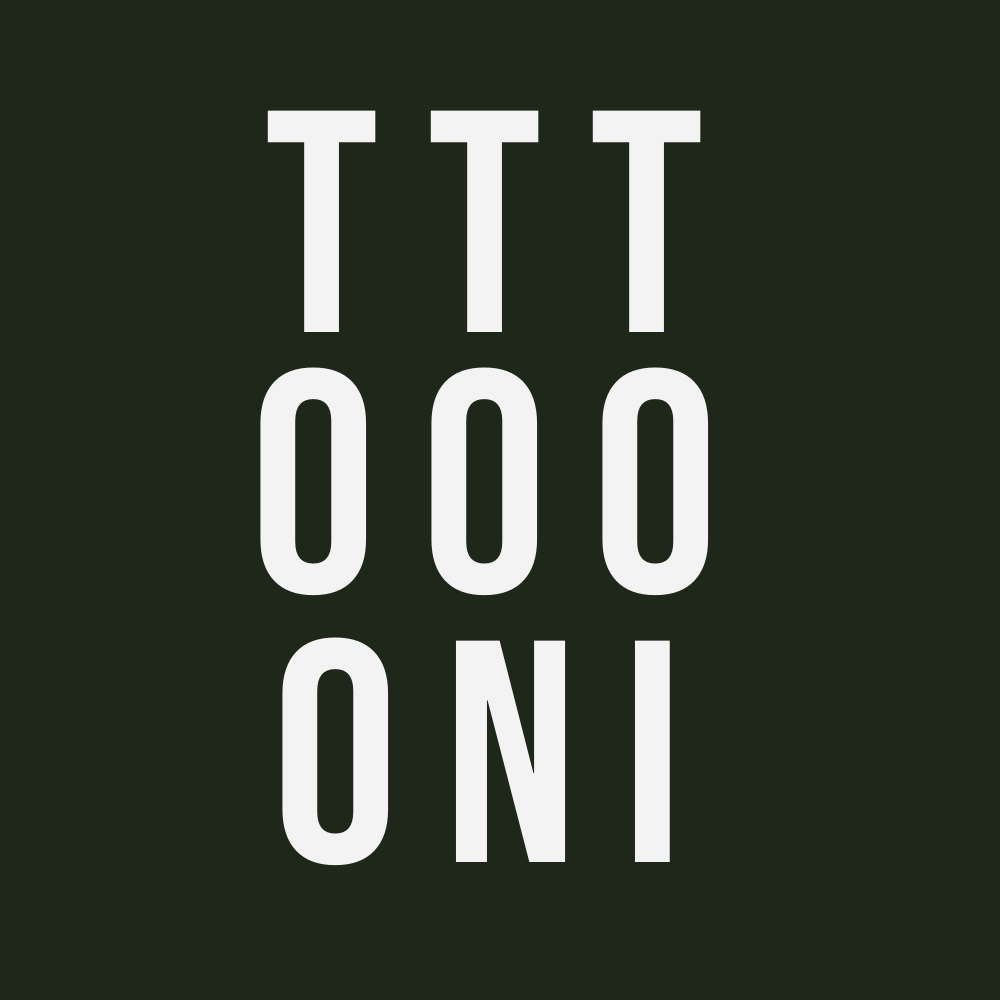There’s an endless amount of writing apps and services that try to make our (my) life easier. Spell/grammar check tools, research tools, and hundreds of “organizational” apps for keeping track of your writing, incoming payments, etc. etc. But none of that matters unless you put your words into some word processor.
There’s the basic tools like Word, Pages, Google Docs, and plaintext editors. None of those work for me, so here are a few apps and programs that do work for me. They’re all for MacOS or iOS (cuz I’m that kind of person), but 5 min on Google will help you find their Windows (or Ubuntu, if you’re that kind of person) counterparts.
OmmWriter: Meditative Writing App
In terms of minimalist, distraction-free writing apps, I’d have to say this one is my favorite. In terms of the “typing experience” it can’t be beat. It’s fullscreen, it has a very soothing background color (and/or images), it has some nice “focus” ambient music/sounds available, and for the hipsters who want to feel hella old-school, it has typewriting sounds, but they’re more like rain drops? IDK, when you get into a groove, the rhythm of the sounds of you hitting your keys becomes very soothing and relaxing. Honestly, if I had to recommend it for one purpose only, I’d say that it is THE perfect app for journaling in the morning or at the end of the day. I don’t think a more “meditative” writing environment can be created by any one other application.
Bear: Minimalist & Organized Note-Taking App
Bear used to be where I keep all the drafts to my blog posts, all my notes, all my ideas. It was my Evernote replacement until I realized that its web-clipper tool just doesn’t give me what I need from a note-taking app. Now it’s where my ideas, meeting notes, and email-drafts live. Basically, if it comes from my head but won’t really be published anywhere—it goes into Bear. Its tag system is great for organizing ideas that you know you’re going to come back to later. It’s fast, slick, distraction free, and versatile. Plus, it supports Markdown.
ByWord: Distraction-free Writing App
So, ByWord is basically what you would get if you had to mix OmmWriter with Bear. It’s very minimalist, but very powerful because of its support of markdown. (Honestly, if you write often and if you write for the web, invest the time to learn how to use Markdown. This shit is a timesaver like no other.) You can publish directly to WordPress, Medium, or Tumblr (if you buy the app). There’s sync across iOS devices. There’s a full-screen mode, a light mode, a dark mode, and basically all the bare-bone-features you would want from a convenient but uncluttered writing application.
Scrivener: All-in-One Powerhouse App
I can’t even think of a good metaphor to describe Scrivener. Unless you’re working on something very long and very complicated I think this will be overkill. It’s expensive, but it does everything you could ever want to do in a writing application. There’s a separate feature for creating character cards, there’s a feature to create clickable outlines, there’s a “card” feature to move “scenes” around quickly, there’s a filter to only see chapters/paragraphs that involve specific characters. Honestly, if you can think of a feature you want from a writing app—scrivener has it.
But, this obviously comes at a price. It’s expensive, and it’s also far too complicated for most types of writing. All the extra functions are just going to be something that’s going to distract you, and you’ll (probably) find yourself writing to use the features, rather than using the features to help you write.
Ulysses: The Best Writing App
The ultimate writing app. The one I use. The one that combines the best features of all the apps above, but still only comes to you at the price of a rather inexpensive monthly (or yearly) subscription. It has Markdown support and tags like Bear; it has a great distraction-free fullscreen mode like OmmWriter; it can publish directly to your blog like ByWord; and you can break your longer pieces with “sheets” that you can move around quickly like Scrivener. It’s flexible, and that really helps.
If you know what you need to write (like, if you start with a polished outline), you can get into “the zone” and write a whole draft in one sitting. If you’re just getting through a “vomit draft” you can have each paragraph or idea on a separate sheet, and move those around to structure your essay/post while editing.

